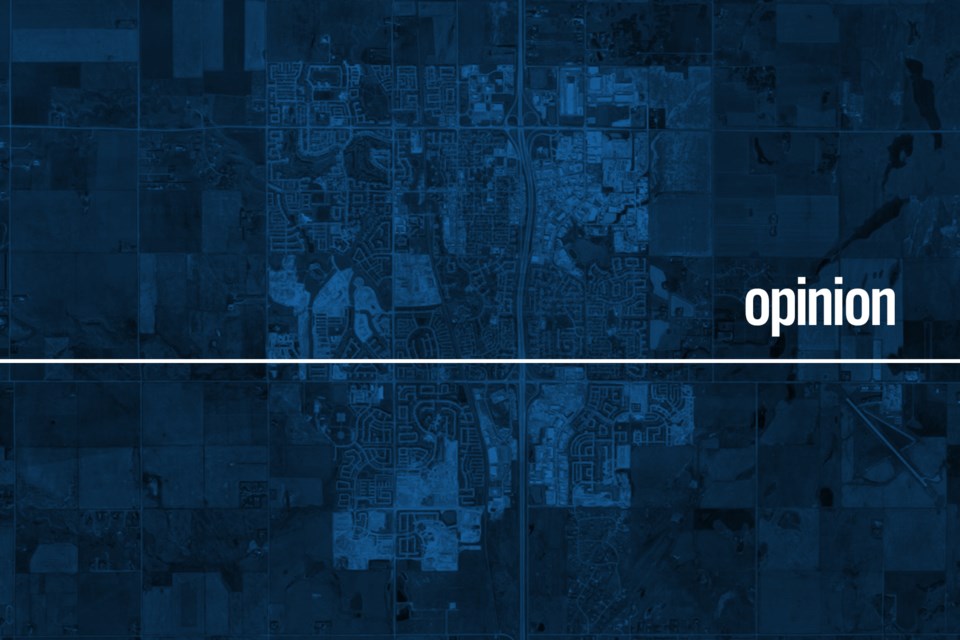Those paying even casual attention know the Alberta government is awash in cash. In fact, the black ink is oozing out of the province’s pores, to the tune of a $13 billion-or-more surplus for 2022-23.
Alberta, by a Wild Rose mile, leads the country in projected annual surpluses, thanks in large part to oil prices. Ontario, for example, is clocking in a $2.1 billion surplus after budgeting for a $13.5 billion deficit. Not a bad turn of events for Canada’s most populous province, but they surely have their envious noses pressed up against the glass, peering in on Alberta’s staggering bounty.
Prudent fiscal management can reap benefits down the road for our province. Alberta’s municipalities can only dream of having options from such largesse.
St. Albert is a prime example. While the province has many levers at its disposal to raise revenue, including non-tax revenue from the use of public lands and natural resources (the province can also levy direct taxation in some areas), St. Albert, like all municipalities, is a ‘subject’ of the province. Canada’s constitution grants powers accordingly, and municipalities are left with limited ability to raise revenue. They are the ones with their envious noses pressed up against the glass, watching Alberta’s treasury balloon while they are forced to consider significant tax increases and/or service cuts.
Our fair city has a heavy reliance on residential property tax revenue for its operations. St. Albert’s total assessment base – that is, the total number of homes and non-residential on the tax role – is 85 per cent residential and 15 per cent non-residential. The tax split – how the city collects revenue – is 79 per cent residential and 21 per cent non-residential.
The above illustrates the pressure on the city, and the reliance on residential property taxes to pay the freight. Sure, the city can pull some revenue levers like franchise fees, or fees for garbage and water, and they can even put out more photo radar cameras, but those levers are small compared to what the province possesses.
Once more, the city has significant cost pressures. Think recreation, roads (and maintenance), social programs, infrastructure, policing and fire, for example. Yes, the province and the federal government also chip in on some of these areas, but the proportion of funding respective to the revenue collected is disproportionate.
St. Albert, like most municipalities, is left with the proposition of raising property taxes beyond inflationary levels or reducing services people expect, or both. Not a fun vice to be caught in, while the province bathes in dollars.
We expect our city administration and elected officials to run a tight ship and wring every efficiency out of our tax dollars. Residents’ ability to pay has its limits. Can more be done to lower the projected tax increase? We believe so, but it may be inconsequential as we look to revenue pressures in future years. The knife is a good tool, but prosperity has never been achieved by cuts alone. The rules of the federation need to change.
By no means are we suggesting extra forms of taxation. There is only one taxpayer. What is plausible is more equitable distribution of our tax dollars. Perhaps it requires a reallocation of money already collected by the province that is earmarked for municipalities.



